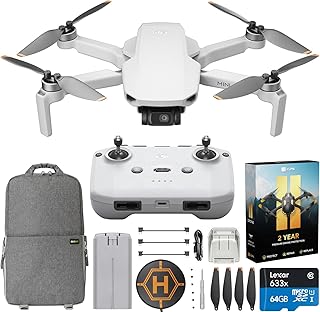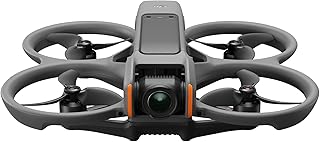How to Edit DJI Drone Footage Like a Pro: A Step-by-Step Guide
Editing drone footage can be incredibly rewarding, turning raw aerial footage into breathtaking cinematic masterpieces. Here's a comprehensive guide to elevate your editing skills:
1. Prepare Your Footage:
* Organize: Create folders for different shoots, dates, and drone models. This helps you find footage easily.
* Backup: Back up your footage to multiple locations (hard drives, cloud storage).
* Review: Watch your footage for potential shots, transitions, and areas for improvement.
2. Choose Your Editing Software:
* Professional: DaVinci Resolve, Adobe Premiere Pro, Final Cut Pro.
* Beginner-Friendly: Adobe Premiere Rush, HitFilm Express, OpenShot.
* Consider your budget, learning curve, and desired features.
3. Essential Editing Techniques:
* Stabilization: Use the software's stabilization tools to smooth out shaky footage.
* Color Correction: Enhance the mood and visual appeal by adjusting brightness, contrast, saturation, and white balance.
* Color Grading: Apply LUTs (Look Up Tables) or create your color grading style to achieve a specific look.
* Transitions: Use smooth transitions like fades, wipes, and cross dissolves to connect different shots.
* Sound Design: Add music, sound effects, and narration to create an immersive experience.
4. Enhance Your Storytelling:
* Composition: Apply the rule of thirds, leading lines, and other composition techniques for visually engaging shots.
* Storyboarding: Visualize your edit before you start to ensure a cohesive narrative.
* Pace and Rhythm: Control the speed and timing of your footage to evoke different emotions.
* Camera Movement: Utilize pans, tilts, and zooms to guide the viewer's attention and create visual interest.
5. Key Drone Footage Editing Tips:
* Drone-Specific Tools: Look for plugins or presets specifically designed for drone footage.
* Focus on Flow: Smooth transitions and seamless editing create a more professional feel.
* Start Simple: Focus on mastering basic techniques before diving into complex effects.
* Experiment: Play around with different editing styles and software features to find your own voice.
* Practice Makes Perfect: The more you edit drone footage, the better you'll become.
6. Examples of Pro-Level Techniques:
* Slow Motion: Emphasize action and create dramatic effects.
* Time-lapses: Capture the passage of time and create unique visual experiences.
* Hyperlapses: Combine time-lapses with camera movement for dynamic and cinematic shots.
7. Don't Forget to Share Your Work:
* Showcase your work: Share your drone footage on social media platforms, video sharing websites, or your own website.
* Seek feedback: Ask for feedback from friends, family, and fellow drone enthusiasts.
* Continue Learning: Stay up-to-date with the latest editing software and techniques to keep improving.
Remember, editing drone footage is a journey of continuous learning. Practice, experiment, and enjoy the process of transforming your aerial footage into captivating cinematic masterpieces.


